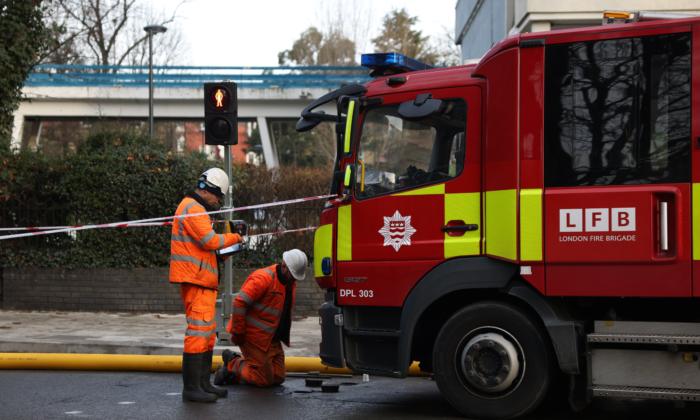Violent behaviour has increased among Scottish schoolchildren during the COVID-19 lockdowns, most notably in young pupils aged 4 to 6, a teaching union has warned.
In written evidence to the Scottish Parliament’s Education Committee, the Educational Institute of Scotland (EIS), a trade union representing teachers, reported that there has been “an increase in violent incidents arising from pupils’ distressed behaviour.”
The rise in violent behaviour was most notable among P1 and P2 children—typically aged 4 to 6—who traditionally have been less likely to exhibit violent behaviour, the union said.
In one reported incident, an early primary teacher suffered a broken jaw and damage to the eye socket from being kicked in the face by a pupil.
In another incident, a teacher had a tooth knocked out after being punched in the face by a child in year two of primary school.
The EIS said more children now have additional support needs (ASN), while growing numbers of new primary school pupils are showing signs of delayed development, such as still wearing nappies or lacking speech skills.
Laurie Black, convener of the EIS union’s ASN committee, told members of the Scottish Parliament on Wednesday: “A number of children are displaying quite violent or distressed behaviour, which is impacting their learning and their peers’ as well.”
The union also raised concerns about mental health issues among pupils, noting that waiting lists for support are growing.
The National Child Measurement Programme, which measures obesity prevalence among school-aged pupils in reception class and year 6, said that obesity rates increased in both year groups by around 4.5 percentage points between 2019/20 and 2020/21, the highest rise since the programme began.
Among children in reception classes—aged 4 and 5—the obesity rates rose from 9.9 percent in 2019/20 to 14.4 percent in 2020/21.
Among pupils in their last year of primary school—aged 10 and 11—obesity prevalence increased from 21 percent in 2019/20 to 25.5 percent in 2020/21.
During the pandemic, the proportion of children whose weight is healthy has dropped significantly.
Among year 6 pupils, 57.8 percent are now assessed to be a healthy weight, down from 63.4 percent in the preceding year.
Among reception children, 71.3 percent are classed as having a healthy weight, down from 76.1 percent the year previously.
The proportion of all children who are now either overweight or obese is 27.7 percent in reception and 40.9 percent in year 6.





